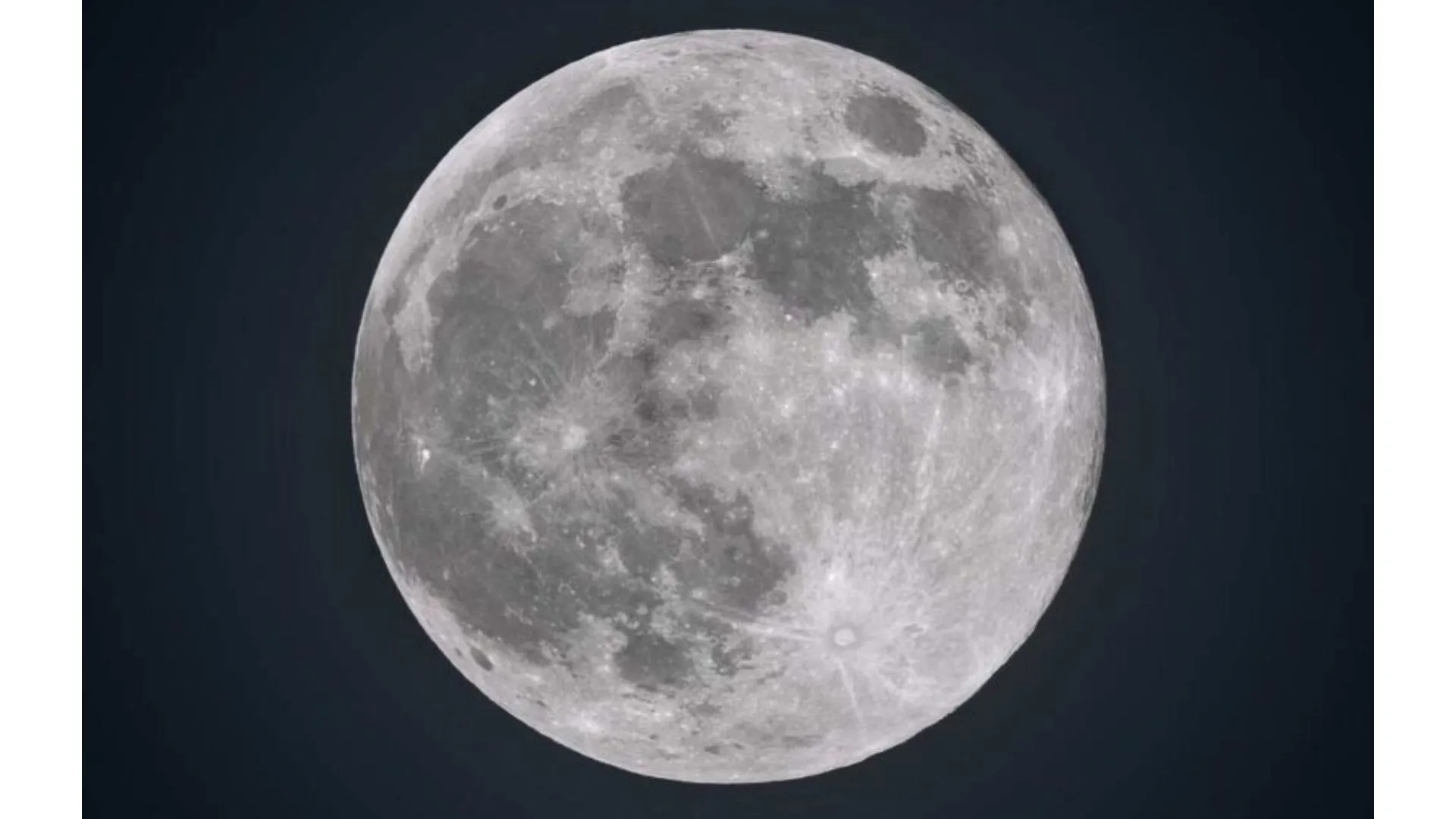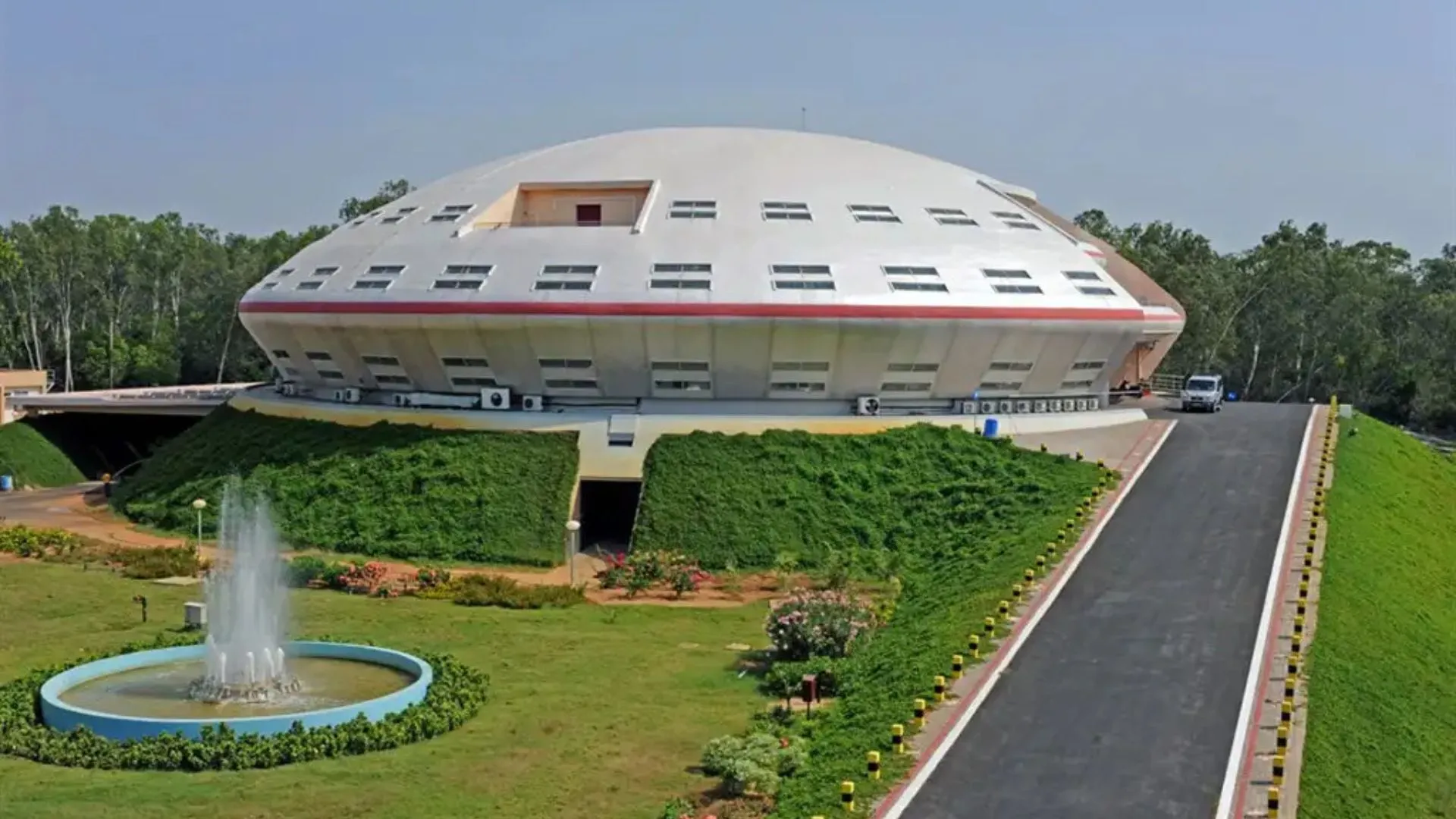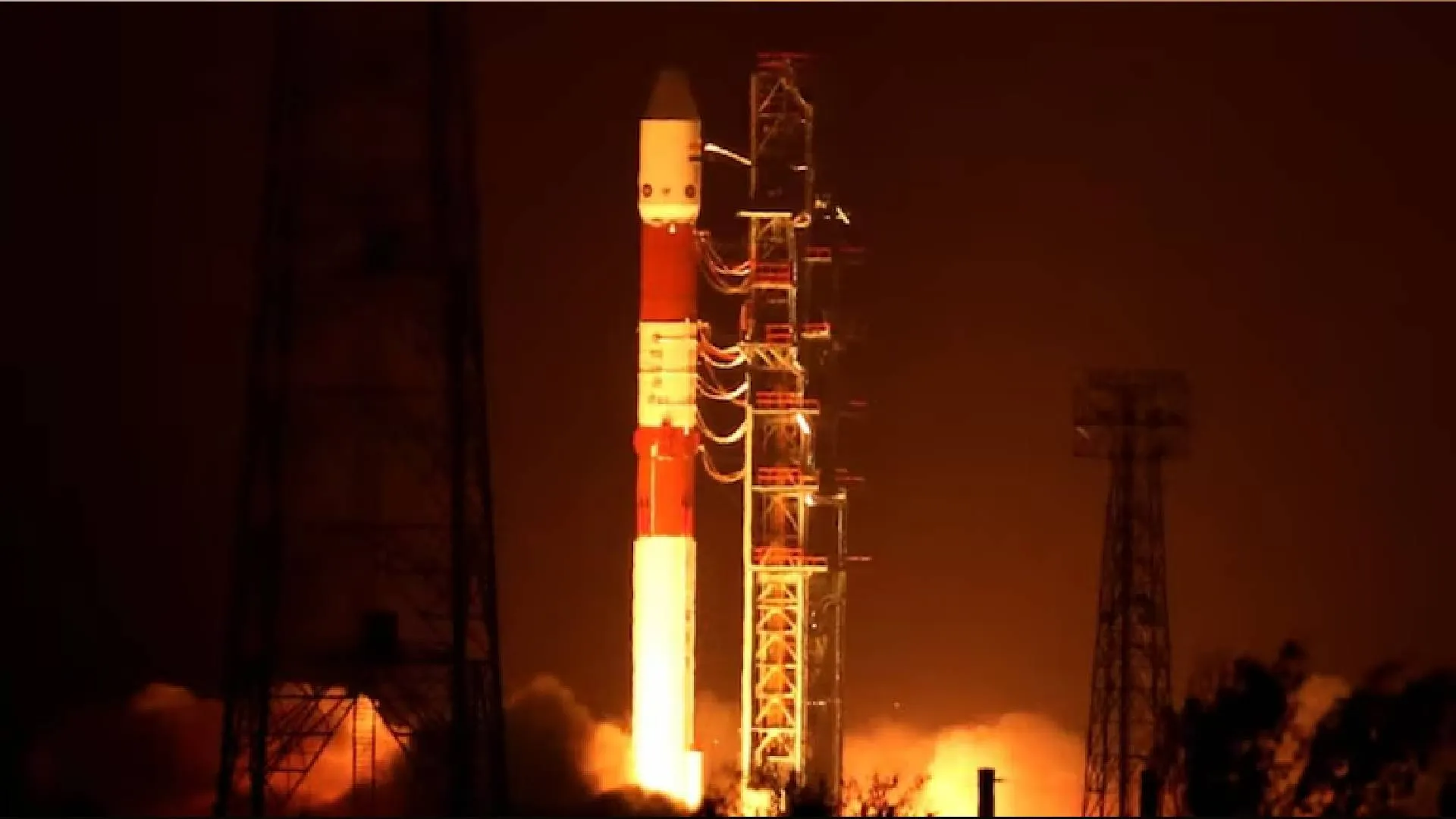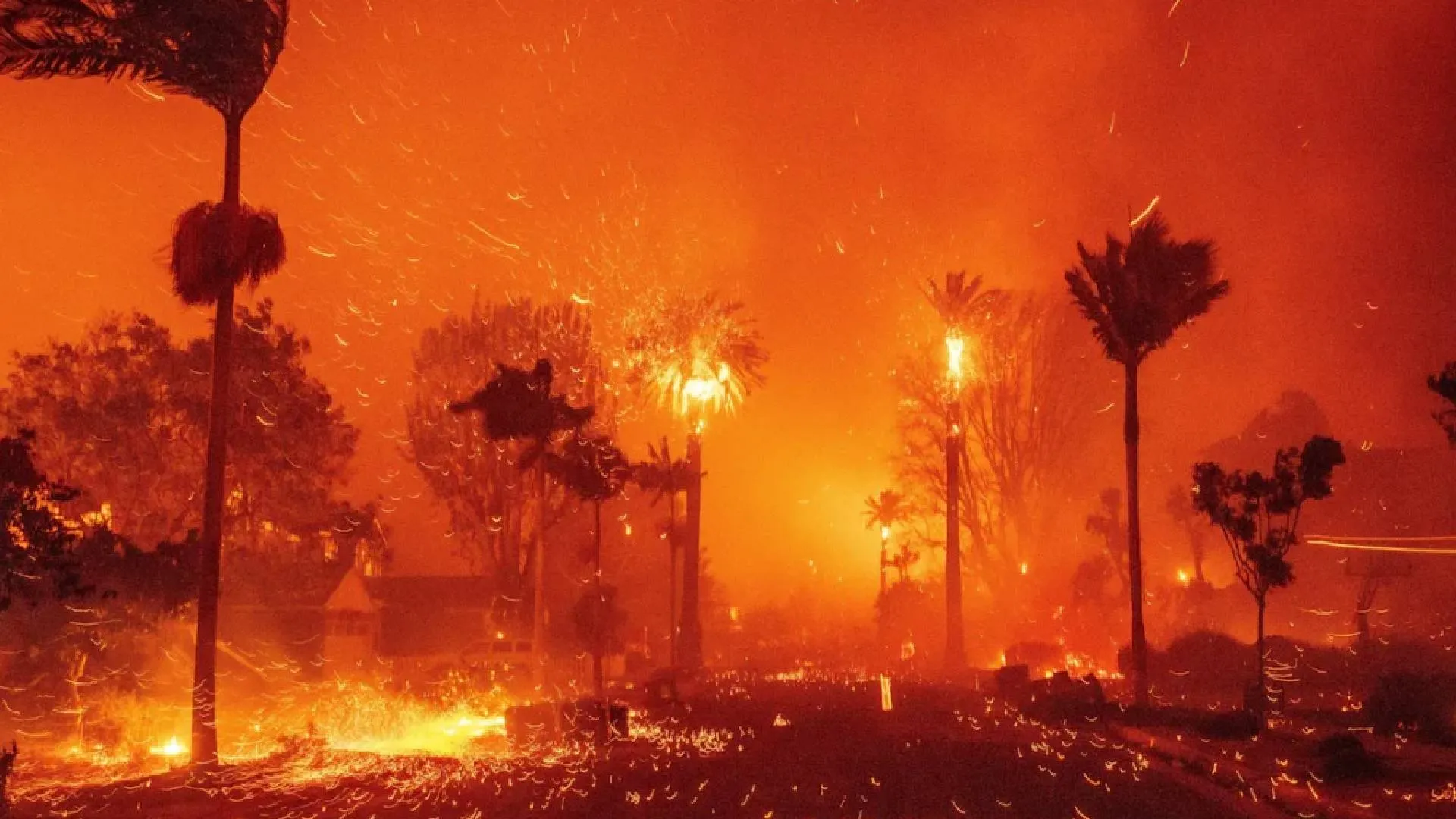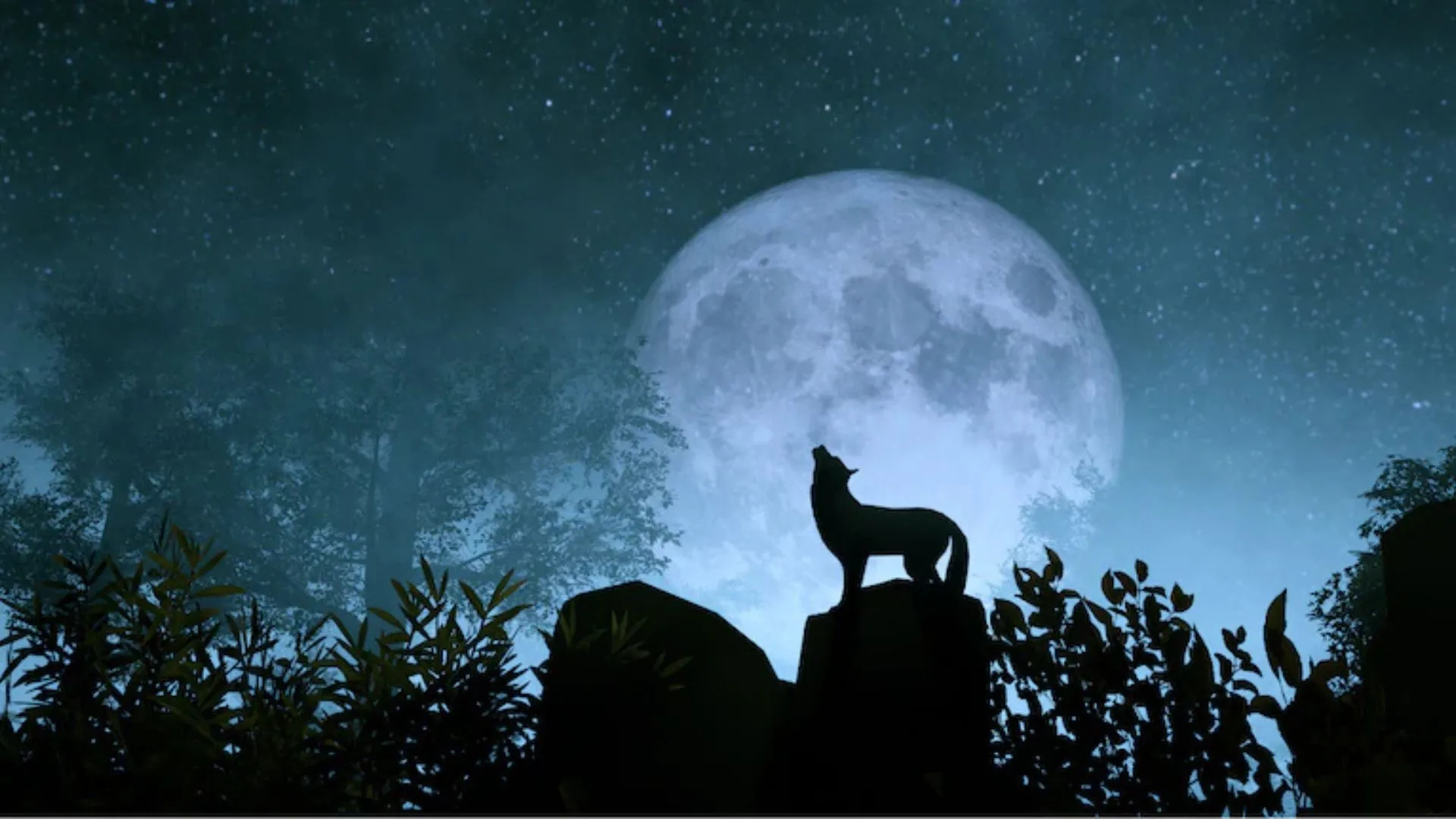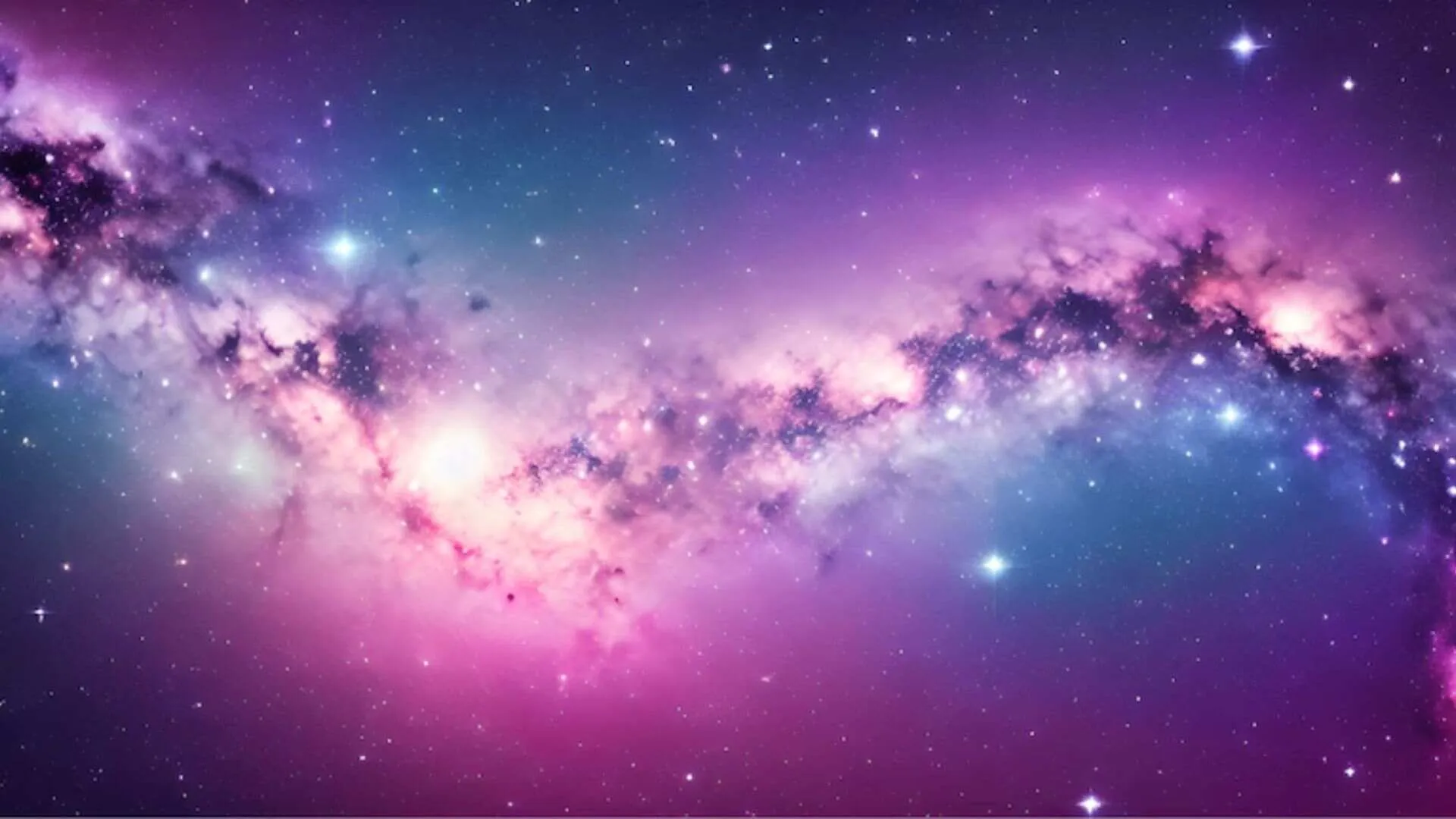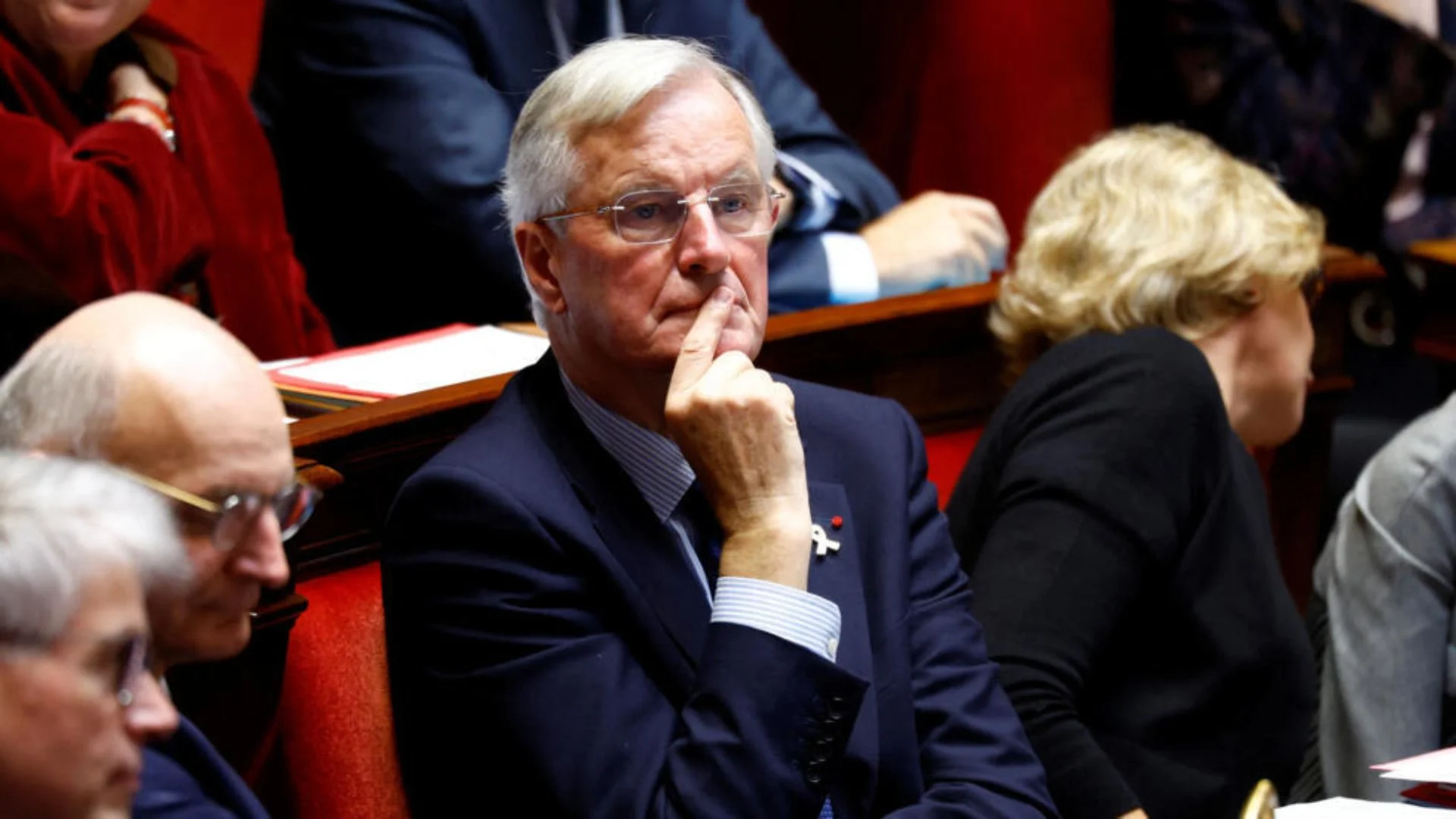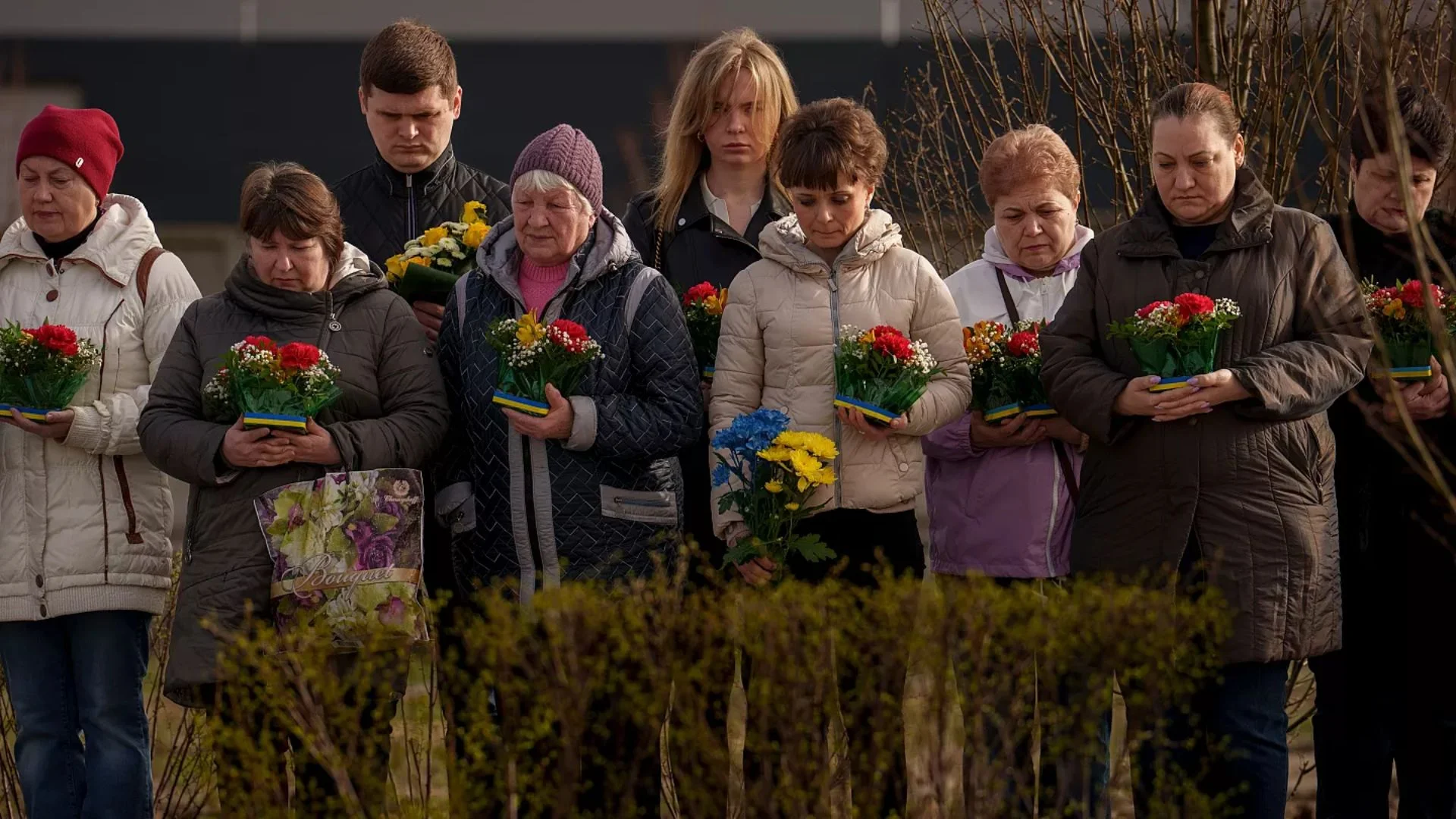The World Monuments Fund (WMF) has long focused on highlighting and protecting endangered cultural heritage sites, but this year, their list extends beyond Earth to include the moon. The moon has now been added to the list of threatened heritage sites due to concerns over potential looting and damage caused by upcoming commercial trips.
“The moon seems so far outside of our scope,” said Bénédicte de Montlaur, the organisation’s president and chief executive, as quoted by The New York Times. “But with humans venturing more and more into space, we think it is the right time to get ourselves organised.”
While WMF typically includes vulnerable cultural sites on Earth, this year’s selection – the first since 2022 – also features sites like Qhapaq Ñan, a pre-Hispanic Andean road system, and earthquake-damaged sites such as Antakya in Turkey and the Noto peninsula in Japan.
Montlaur explained that the moon was included among the 25 sites due to “mounting risks amidst accelerating lunar activities,” which, according to WMF, are being “undertaken without adequate preservation protocols.”
On Wednesday, SpaceX launched two lunar landers to support research for future missions. Since the 1960s, only five countries – the US, China, India, Japan, and the former Soviet Union – have successfully landed vehicles on the moon.
Private trips to the lunar surface are expected to follow NASA’s Artemis III mission, scheduled for mid-2027, which will mark the first crewed moon landing since the early 1970s. These visits, along with other government-funded missions, have raised concerns for the WMF, particularly regarding the potential disturbance of iconic sites, such as the footprints left by Neil Armstrong and Buzz Aldrin. “The moon doesn’t belong to anybody,” de Montlaur said. “It is a symbol of hope and the future.”
“For the first time, the moon is included … to reflect the urgent need to recognise and preserve the artefacts that testify to humanity’s first steps beyond Earth – a defining moment in our shared history,” Montlaur explained, as quoted by The Guardian. “Items such as the camera that captured the televised moon landing; a memorial disk left by astronauts Armstrong and Aldrin; and hundreds of other objects are emblematic of this legacy … the inclusion of the moon underscores the universal need for proactive and cooperative strategies to protect heritage – whether on Earth or beyond – that reflect and safeguard our collective narrative.”
Speaking to the Art Newspaper, Montlaur emphasized the importance of establishing international mechanisms to safeguard the moon’s cultural significance during this new era of space exploration. “Safeguarding lunar heritage will prevent damage from accelerating private and governmental activities in space, ensuring these artefacts endure for future generations,” she said.
Most of the WMF list includes sites in conflict zones, such as Ukraine and Gaza, or those endangered by the climate crisis. The Swahili Coast of Africa, featuring sites like Lamu Old Town and Fort Jesus in Kenya, and the Island of Mozambique, threatened by coastal erosion, have also been listed. The WMF also highlighted the devastation of Gaza’s historic urban fabric caused by the ongoing war with Israel.
Other sites were included for their potential to benefit from sustainable tourism, such as the Orthodox monasteries of Drino Valley in Albania. Meanwhile, overcrowding at locations like China’s Buddhist grotto sites at Maijishan and Yungang has raised concerns about preservation.
The WMF’s 2022 list featured prehistoric cave paintings in Monte Alegre state park in the Brazilian Amazon, the Aztec ruins of Teotihuacán in Mexico, and the pre-Columbian archaeological site Garcia Pasture in Texas.

